Latest Posts
Your workforce in 2035 (The Inflection Decade: Chapter 11)
The future of work isn't about replacing humans with machines - it's about upgrading humans themselves. While you debate whether enhancement is appropriate, your competitors are already deploying exoskeletons, augmented reality systems, and brain-computer interfaces that don't just improve productivity - they redefine what human capability means, creating performance gaps that compound into insurmountable competitive chasms.
The Digital Health Revolution and Predictive Medicine (The Inflection Decade: Chapter 10)
Annual checkups are becoming obsolete. Your body is about to broadcast its physiological state continuously - glucose, cardiac rhythm, inflammation markers, even early cancer signals. AI systems will know your baseline better than any physician and alert you to problems months before symptoms appear. The era of catching disease late is ending. The era of preventing it entirely is beginning.
Subscribe to Newsletter
Please sign up to follow the latest news and events.
All Posts

08
Nov
Your workforce in 2035 (The Inflection Decade: Chapter 11)
The future of work isn't about replacing humans with machines - it's about upgrading humans themselves. While you debate whether enhancement is appropriate, your competitors are already deploying exoskeletons, augmented reality systems, and brain-computer interfaces that don't just improve productivity - they redefine what human capability means, creating performance gaps that compound into insurmountable competitive chasms.

21
Oct
The Digital Health Revolution and Predictive Medicine (The Inflection Decade: Chapter 10)
Annual checkups are becoming obsolete. Your body is about to broadcast its physiological state continuously - glucose, cardiac rhythm, inflammation markers, even early cancer signals. AI systems will know your baseline better than any physician and alert you to problems months before symptoms appear. The era of catching disease late is ending. The era of preventing it entirely is beginning.

07
Oct
The Longevity Economy (The Inflection Decade: Chapter 9)
The disconnect is staggering. In labs worldwide, scientists are reversing aging in primates, clearing senescent cells in humans, extending healthy mammal lifespans by 40%. Meanwhile, boardrooms debate quarterly earnings as if human mortality hasn't just become negotiable. Yet most Fortune 500 companies are still designing five-year plans assuming customers live to 78, calculating 20-year pension obligations when their newest employees might work for 80 years, and building 30-year customer relationships when those relationships could span centuries.Retry

01
Oct
Intelligence as a Service and New Business Models (The Inflection Decade: Chapter 8)
Intelligence became a commodity you can buy through an API call, cheaper than electricity and more transformative than the internet—token prices have fallen 280 times faster than Moore's Law predictions, making AI literally cheaper than human review for most knowledge work. Right now, a family-owned coffee roaster is using the same AI capabilities as Starbucks to compete head-to-head, while 78% of enterprises scramble to transform before the window closes. The question isn't whether intelligence-as-a-service will disrupt your industry, it's whether…
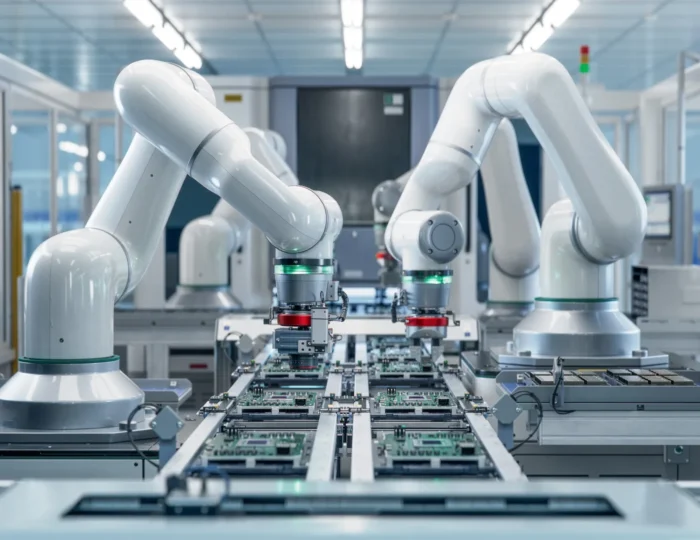
27
Sep
Physical Automation and Post-Labor Economics (The Inflection Decade: Chapter 7)
The physical world is becoming programmable. Goldman Sachs increased their humanoid robot market projection sixfold - from $6 billion to $38 billion by 2035 - not because analysts became more optimistic, but because the convergence of AI and robotics has compressed a decade of expected progress into eighteen months. This isn't merely another wave of industrial automation. We're witnessing the emergence of general-purpose physical intelligence that can navigate unstructured environments, learn new tasks in hours rather than months, and collaborate…
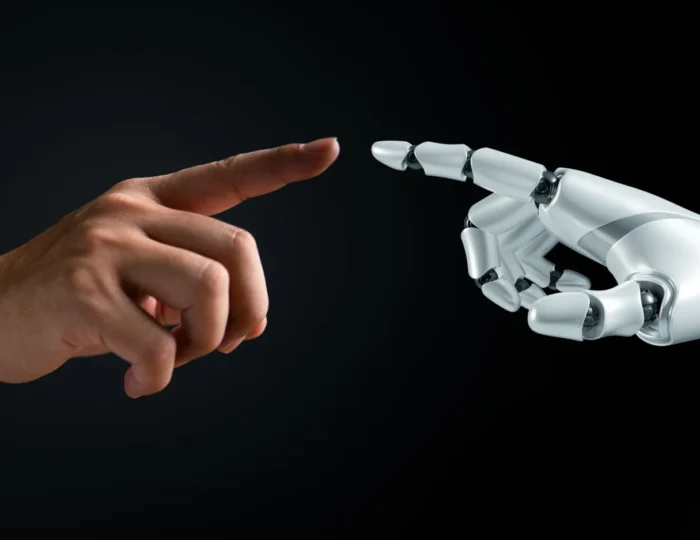
23
Sep
AGI and the Productivity Singularity (The Inflection Decade: Chapter 6)
OpenAI's o3 model just scored 87.5% on ARC-AGI benchmarks, surpassing the 85% human average. That's not incremental improvement; it's a phase change. On PhD-level science questions, these models now hit 70% accuracy. On frontier mathematics that stumps professionals? They're solving 25% of them. IBM? They're on track to save $4.5 billion by 2025 through AI automation, with 94% of HR inquiries already handled without humans. Y Combinator's latest batch has startups where 95% of code is AI-written, reaching $10 million…
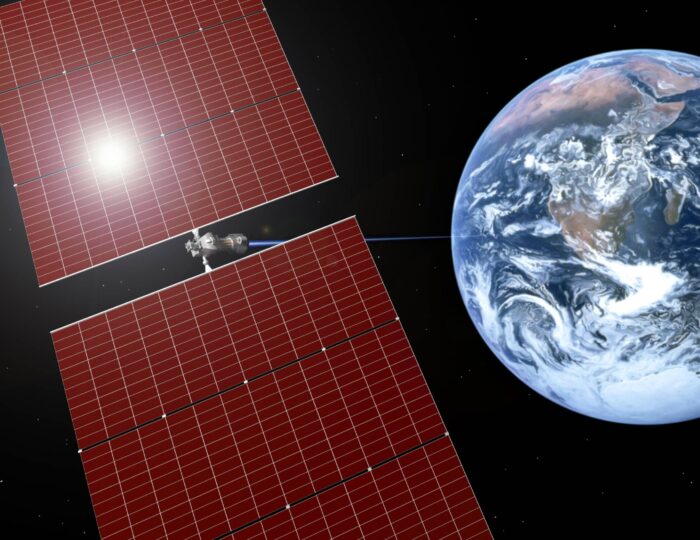
26
Jun
Space-Based Energy and Planetary-Scale Business (The Inflection Decade: Chapter 5)
Just last year, Caltech made history with their Space Solar Power Demonstrator (SSPD-1). This little 50-kilogram prototype did something remarkable, it actually beamed power from space to Earth for the first time ever. China? Oh, they're thinking big. Really big. We're talking about a one-kilometer-wide orbital solar array by mid-century, capable of delivering multi-gigawatt power to Earth. Their roadmap includes a 10 kW trial satellite by 2028, scaling up to a commercial 2 GW space power station by 2050.

26
Jun
Fusion and the Ultimate Energy Arbitrage (The Inflection Decade: Chapter 4)
Fusion energy is no longer "50 years away." With over $7 billion in private funding and companies like Helion promising grid power by 2028, we're standing at the edge of an energy revolution. Imagine electricity at $0.001/kWh, making energy-intensive processes viable, reshoring manufacturing, and enabling entirely new industries. The 2025-2035 decade will determine winners and losers in tomorrow's energy economy. For business leaders, the mandate is clear: be urgently optimistic and actively prepared for a world of energy abundance.
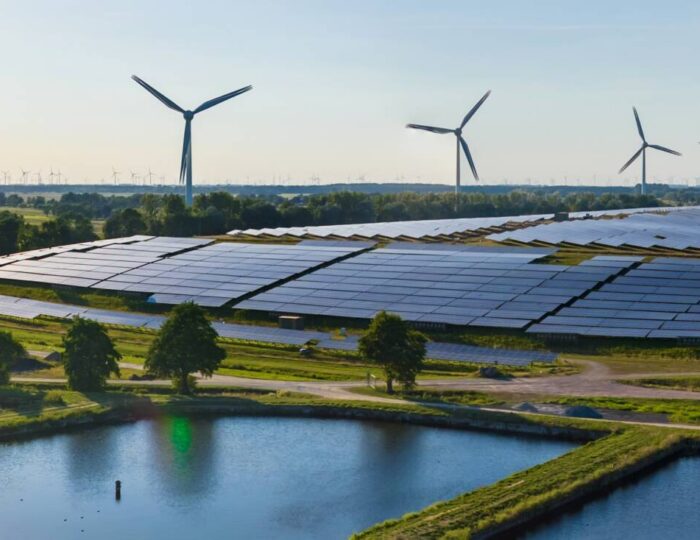
26
Jun
Energy Abundance as Business Transformation (The Inflection Decade: Chapter 3)
Solar electricity costs have plummeted 90% in the past decade, while battery prices hit record lows in 2024. We're witnessing something extraordinary: energy shifting from scarce to abundant, with costs approaching zero. This isn't just about cheaper power bills. It's about reimagining entire industries, creating new business models, and transforming how we think about manufacturing, transportation, and even food production. The companies that grasp this shift now will thrive in the coming energy abundance era.
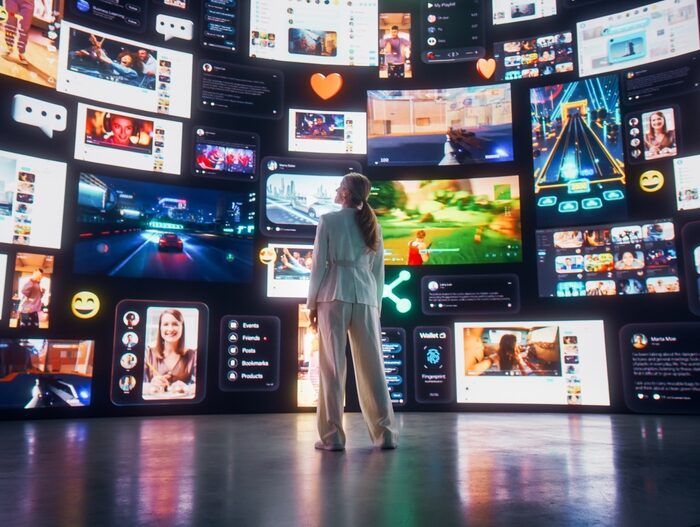
21
Jun
First Principles for the Abundance Economy (The Inflection Decade: Chapter 2)
The old business playbook is dead. We're witnessing a seismic shift from scarcity to abundance, powered by plummeting costs in AI, renewable energy, and digital infrastructure. When marginal costs approach zero, traditional moats evaporate. Airbnb added 700,000 rooms without owning any. WhatsApp reached a billion users with 55 engineers. The winners? Companies building on trust, community, and experience. The losers? Anyone still hoarding resources in a world where abundance is the new reality.

19
Jun
Why 2025-2035 Will Compress 100 Years of Progress into 10 (The Inflection Decade: Chapter 1)
We're entering an unprecedented inflection decade where three massive forces converge simultaneously: AI becoming as cheap as electricity, energy approaching near-zero cost, and aging being treated as a solvable problem. Companies like Microsoft are already buying fusion power that doesn't exist yet. Half of today's S&P 500 might vanish by 2035. The convergence isn't coming - it's here. Position yourself at the intersections, embrace exponential thinking, and don't bet against human ingenuity when constraints disappear.

09
Jun
The Seven Pillars of Infinite Abundance: Automation’s Path to Type 1 Civilization
Imagine waking up in a world where nobody goes hungry. Where getting sick is rare. Where work means doing what you love, not what you must. This isn’t a fairy tale. It’s what happens when we automate the right things in the right way. To reach this future, we need to build seven major systems. Think of them as pillars holding up a better world. Each one is amazing by itself. Together, they create abundance for everyone. The First Pillar:…
Load More